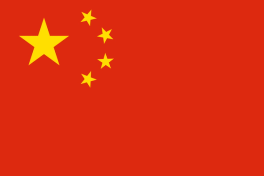CANCEL
Next Launch:
Calculating...Here's where to view CHASE
Viewing Sites
Know Before You Go
The Taiyuan Satellite Launch Center is located in Kelan County, Xinzhou, Shanxi Province, People's Republic of China.
It became fully operational in 1968 and sits 1,500 meters above sea level.
The center is used primarily to launch weather, Earth observation, and science missions to Sun-Synchronous orbits.
The launch site has also hosted Intercontinental Ballistic Missiles and Submarine-Launched Ballistic Missile tests.
Taiyuan has three launch pads, LA-7, LA-9, and LA-16 and currently hosts the launches of the Long March-1D, -2C, -2C/SD, -4A, -4B, -4C, and -6 rockets.

